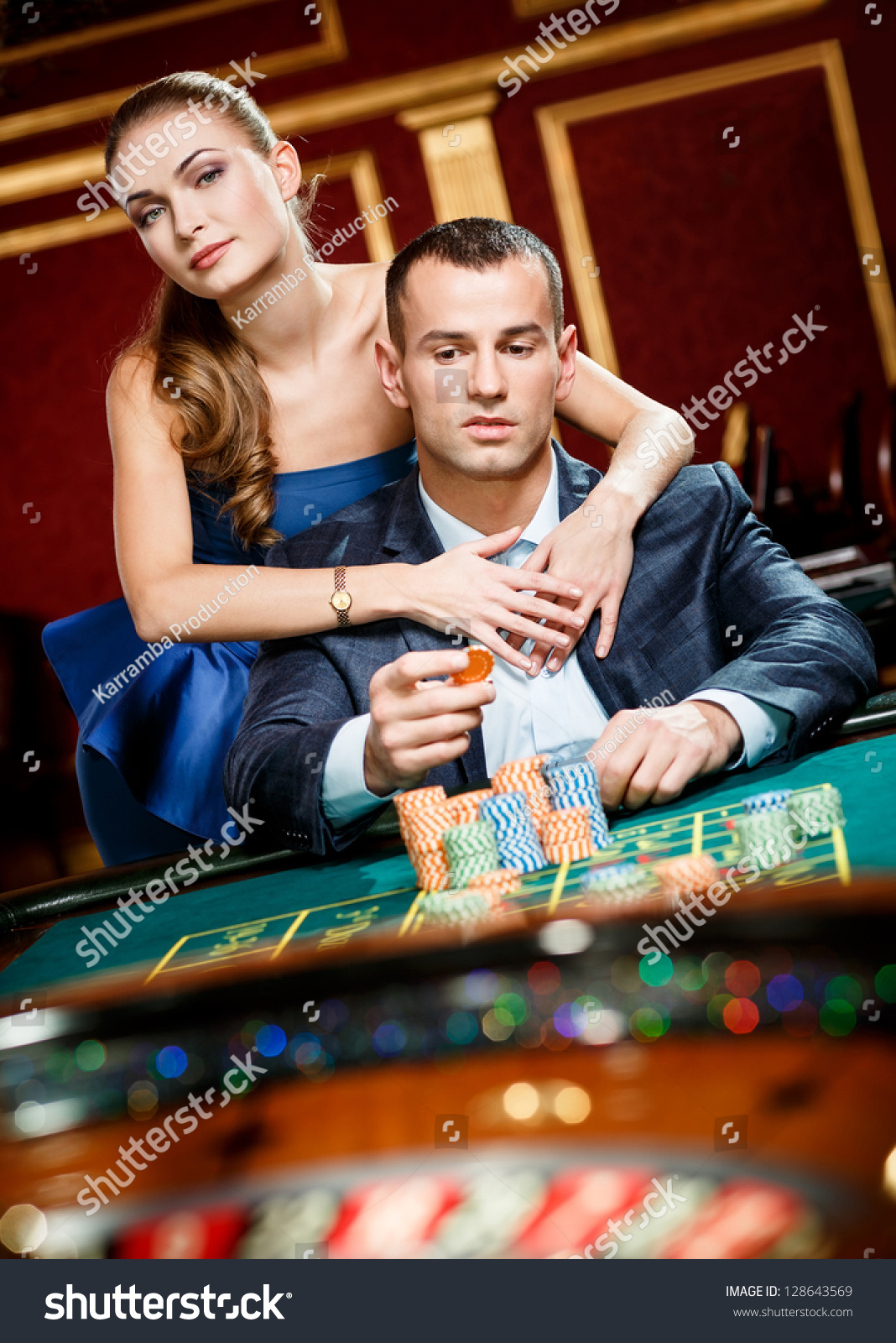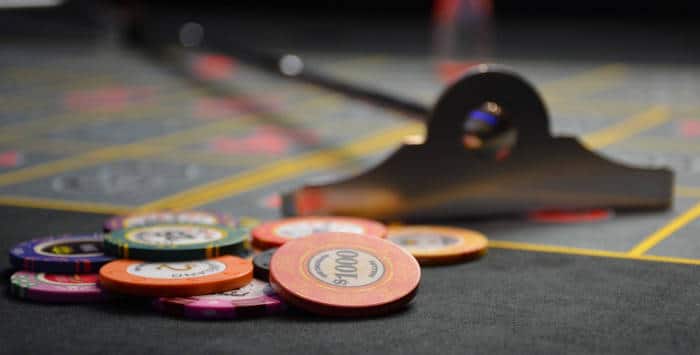Risky Roulette
Best Sites for American Roulette 2020
- Risky Roulette Questions
- Risky Roulette Game
- Risky Roulette Random
- Risky Roulette Sites
- Risky Roulette Games
Intro to American roulette
At the end of the day, whether you call it a “game” or not, Russian roulette is a potentially lethal exercise, and you might want to stick with something less risky, like Monopoly. A roulette strategy improves the chances of winning with roulette. Every roulette bet has a risk and reward so-called bets and payouts. For instance, betting on a single roulette number gives you a chance of one to 36. But a bet on red is a 48.65% chance of winning when you play European Roulette.
Thehistory of roulettebegins in Europe, but it arrived in America in the late 19th century. The game was popular in Louisiana and Mississippi riverboat casinos, before spreading through the United States. Today you can play American roulette at tons of online casinos, for free or real money. Although modern European roulette tables have 37 slots on the wheel, early tables had 38 thanks to two separate zero slots. This is the version that was brought to America, and is still used in American roulette today.
American roulette rules
Therules of American rouletteare simple. An American roulette table has 38 pockets: numbers 1-36 are red/black and the two zero slots are green. You place your bets on which pocket the ball will land on, and the dealer or croupier spins the wheel. Wherever the ball settles decides if you win your bet. There are loads of interesting ways to bet too, each with different odds of winning. However, the house edge of 5.3% in American roulette never changes.
American roulette tips
There is no strategy guaranteed to make you win in roulette, but there are still ways of playing to give yourself the best shot. Here are our top tips:
Decide on your bankroll in advance
One way that players end up losing way more than they expected is from not managing their money smartly. Deciding on your budget before you hit the tables is important so you don't end up gambling more than you can afford.
Accept the house edge
With American roulette, the house always has the same edge of 5.3%, period. Once you accept this you can have fun with different types of bets and strategies, without worrying about affecting the edge.
Play for free
You canplay American roulette for free online. This is perfect for getting a feel for the game before risking your own money. The same goes for other types of roulette.
Try different types of bets
There are loads of ways to play American roulette. Play responsibly and have fun testing out differentroulette betsand finding out which ones you enjoy the most.
American roulette strategy

There are loads of interestingroulette strategies, since there are so many ways to bet. Some, like the Martingale system, are based on altering your bet size based on the result of your last bet. Others involve manipulating the odds by placing lots of bets at once.
One of the most popular ways to play American roulette was developed by Andres Martinez, the former Editor of the Los Angeles Times. Martinez' strategy involves dividing the amount of money you want to spend in one session into 35 chunks and then betting each chunk on the same number for 35 consecutive spins. It's worth noting though that over 35 spins there is a fairly risky 60.68% of winning - but if risks aren't for you, roulette is not going to be your game!
American roulette FAQs
How does American Roulette work?
The rules of American roulette are simple. Players can place a variety of bets on where the ball will finish when the roulette wheel is spun. The American roulette wheel has red and black slots for the numbers 1-36 and two green 0 slots. Some of the most popular bets include red/black, odd/even, betting on individual numbers or on one third of the numbers at a time.
Where can I play American roulette online?
American roulette is available at lots of online casinos. Our list of recommended sites has the best place to play American roulette online today.
What's the house edge?
In American roulette the house edge is 5.26%, which is how we describe the mathematical advantage the casino or house has over gamblers.
What's the RTP?
The RTP of American roulette is 94.74%. With areal money gameof chance like American roulette, we can calculate the RTP by subtracting the house edge from 100.
What's the best American roulette bet?
It all depends on the player. Betting on simply red or black is a good way for absolute beginners to try the game. If you have some experience you might prefer betting on different combinations. Lots of people even like to bet on their “lucky” numbers. In mathematical terms however, no bet is technically better than the others.
Popular pages
Ever since tabletop die rolls, RPGs have conditioned us to accept randomisation in everything from character attributes, to casting spells, to verbal persuasion, and even our rewarded loot. Especially our rewarded loot. But when games started offering random rewards for spending money instead of time, the industry changed forever.
We speak, of course, of loot boxes — these in-game transactions are like purchases, with only a chance to get what you want. An unknowable value exchange, often presented with the aesthetics of a gambling machine — pay the money, pull the lever, and a random number generator decides which outfit your Tracer will be wearing.
The walls of regulation are starting to close in on these extralegal casinos of cosmetics. Aside from the obvious age restriction, the gambling machines mimicked by loot boxes are subject to minimum payouts. A slot machine in Sydney, for a given time period, must pay out 87% of the money wagered. That’s known as the Return to Player (RTP) amount.
But what’s the RTP of a loot box?
To find out, we turn to the weapon skin marketplace in Counter-Strike: Global Offensive. After paying to open a weapon case, CS:GO players either mothball the mountains of worthless flotsam they receive for another spin, or trade their digital items for dollar amounts on the marketplace. Thanks to this system, we can talk about a digital item’s “value,” as decided by the market.
Speaking to Vlad Panchenko, founder of third-party trading sites skins.cash and DMarket, it’s clear that CS:GO is also the most authoritative example. “The global annual turnover of weapon skins is around $3-4 billion,” he told us. “CS:GO is 95% of that. Another 4% is DOTA 2. and another 1% is the rest altogether, such as Rust, etc. This is everything that drives most of Valve’s business now.”
So how much value does a CS:GO weapon case return in comparison to slot machines around the world?
Lifting the Veil on Drop Rates
Watching Youtubers react to case openings is a phenomenon with a hidden benefit — some of them have been chronicling every opening so we have some stats to work with. Multiple studies have been done, and their drop rates line up.
Crucially, the Chinese government also requires loot box odds to be disclosed. But when the time came to reveal these odds, Counter-Strike publisher Valve was purposefully obtuse:
If you manage to get an ultra rare tier item (yellow), its relative ratio to Covert item (red), is 2:5. Covert item (red) to each adjacent lowered tier (pink), and so on, its relative ratio is 1:5. Same quality but variant item has same chances of outcome. Any items that has Stat-Trak variant, its relative chance for Stat-trak is 1/10 (not 1:10)
Not exactly making this easy, are they? So what is Valve hiding?
Despite the obfuscation, it didn’t take long to puzzle out the real numbers from this. The official Chinese drop rates are:
But are they the same in the West? Luckily, we don’t have to make any assumptions. We can line up the official numbers from China with the tens of thousands of crates opened by community studies:
As you can see, these all line up quite nicely, so we can be confident these drop rates are accurate. It only starts to diverge at the exceedingly rare end of the scale, due to a lack of data points, which we’ll get to later.

But within those rarities is a second layer of rarities…
Two Skins, Two Different Values

CS:GO skin spinners will know that every paint job has an underlying “float” number that determines how worn and shoddy it looks. Pristine skins are worth more than those with barely any paint left.
Each weapon has its own thresholds for this quality number, and each weapon interprets these thresholds uniquely. (Some “Battle-Scarred” weapons actually look quite nice.) Bronwen Grimes, technical artist at Valve, has previously talked about this “skin quality” following a normal distribution:
Since the original plan was for weapons to gain wear and tear over time, Valve believed it would be a “badge of honour,” making worn skins as scarce as their immaculate twins.
As a result, you’re more likely to get a moderately scuffed skin from the middle of the bell curve. But despite their rarity, worn skins are worth less on average. Pristine skins in the Factory New category have a much higher value.
But in an open market, things can be unpredictable…
ASSIGNING REAL-WORLD VALUE
Risky Roulette Questions
With CS:GO’s recent battle royale update, we were given a fresh, new loot box to test: the Danger Zone case. After giving the market ten days to settle, we took note of what prices the Danger Zone items were selling for.
In rare cases, you might have a Danger Zone case awarded to you through play. But most of the time, you’ll have to buy one. These went for $1.27, and the key to open the case cost $2.67 (tax may cause prices to vary). That means we have a static, real-world value for every “spin” of the roulette-like case opening sequence:
While we have enough data to feel confident about most of what’s here, there are naturally less data points in these studies for ultra-rare items like knives. Despite the minuscule odds of getting an ultra rare knife, some have been known to sell for over $1,000. The differences in percentages below might seem negligible, but due to the high value of knives, it has a significant effect on the overall RTP.
A quick word on methodology: highly rare items naturally exchange hands less often — it’s harder to get rid of that pricey knife skin. That results in less data points at the ultra-rare end of the scale. For the most part we went with the last sale price when determining a skin’s value. Occasionally there were outliers that we ignored, and for highly volatile prices we took an average.
After monitoring market prices, we’re still essentially working with imperfect data (especially when talking about knives). But, short of Saint GabeN showing us the master spreadsheet, we believe this is as close as we’ll get to the full formula of drop rates, skin float numbers, and market prices.
CS:GO RTP — Expectation Vs Reality
We checked in with our community to gauge their expectations when opening a CS:GO weapon case.
Over 40% of those surveyed in our community haven’t engaged with Valve’s gambling mini-game, though a small portion spent huge amounts:
Of those who opened weapon cases, how much value did they think they’d get back after each spin of the CS:GO roulette wheel?
After popping two and a half dollars on a key, most of them didn’t expect much value back:

So what’s the actual RTP?
With the drop rates, skin prices, and case/key prices, we had all the pieces of the RTP puzzle. With the average value of a Danger Zone case just after launch being $1.27, if you bought a case and a key, the average RTP was 59%. If you earned a case through play and only bought a key, your average RTP would be 87.3%.
There are all sorts of variables Valve can play with to affect these numbers, such as the rate at which players earn rewards through play, or the rate at which new weapon cases are released. But in either situation, you’re simply getting less value than you put in.
Interestingly, Valve has to artificially prop up this system by deliberately including ho-hum skins that players don’t want. The Steam Workshop is full of magnificently crafted gun skins, and only a small percentage of them get included in CS:GO. That’s because good skins need to be rare.
The flow of time does have an effect on these prices, though. Months later, we did the same calculations:
While the price of a Danger Zone case had gone down considerably ($0.23), the weapon skins were also worth much less — and case keys were the same price.
Risky Roulette Game
Panchenko is quick to point out to us that some skins appreciate in value – he’s built a whole business around buying low and selling high – but as he and Bronwen Grimes both point out, new releases depreciate their predecessors. “It changes with seasons,” says Panchenko. “It’s normal. Look at it like the real year. There’s the spring collection, everybody buys it, but then there’s the summer collection autumn collection… Usually you don’t go back.”
After seven months, the value returned to the player had dropped below 50%, whether you’re buying just the key or the case as well. Safe to say, if there’s a specific gun skin you’re after in CS:GO, it’s better just to buy it directly.
Comparing Apples to Cherries
So how does that compare to the parent and inspiration of the loot box?
Slot machines have a different minimum payout depending on where you are. It ranges from the Wild, Wild East of Macau with a minimum of 0%, all the way to countries where gambling machines are outright banned, such as Norway.
Australian states are a big proportion of the the global norm, with New South Wales alone estimated to have housed as much as 16% of the world’s slot machines in 1999.
By the standards of most regulated countries, CS:GO’s current Danger Zone RTP of 44-48% is very low. Valve also takes a cut from every marketplace sale, and while it runs on a centralised database, one never truly owns these items. Steam accounts can be banned at any time, servers can go defunct, and games can go unsupported, meaning you lose your investment.
While gambling for money is illegal in Japan, pachinko parlours are an accepted loophole in which players win tokens, often to be traded nearby for real cash. Not unlike our current situation with CS:GO — Valve handles the roulette mini-game, and third-party sites handle the cashouts.

Surveying our own community, we found that 26.5% of those who bought skins preferred to do so on third-party websites, as opposed to Steam’s marketplace. “Between 65-70% of transactions are happening on the Steam marketplace,” Vlad Panchenko tells us.
That’s because skins are often cheaper there, which brings up a whole new question. Are dollars in the Steam skins ecosystem inherently worth less than third-party sites trading in real-world dollars? Do your dollars depreciate as soon as they’re invested into your Steam wallet? What effect does that have on RTP?
THE FINAL VERDICT
Without laws to enforce minimum payouts, any system of gambling only needs to pay out enough to keep us playing, and keep us paying. The only yardstick is how much we’re psychologically willing to endure before walking away.
Games are no different. Video games and slot machines are twin pioneers in behavioural psychology. It’s all about what “feels” less than punishing — and it shows in the above RTP.
Risky Roulette Random
While there’s no legal minimum return of value for loot boxes, at least we have a solid number for CS:GO’s Danger Zone case. As for the other cases, they may be completely different.
Risky Roulette Sites
Our surveyed CS:GO players seem to intuitively know weapons cases return low value. It’s quicker and cheaper to bite the bullet and buy that knife skin like it was good ol’ fashioned, ridiculously expensive DLC. Gamers are conditioned to accept randomisation, but the aesthetics of a roulette spin designed to conjure an “almost won” feeling blurs the line between fun and psychological manipulation.
Risky Roulette Games
How much can loot box creators borrow from casinos before being regulated as such? It’s a gamble.